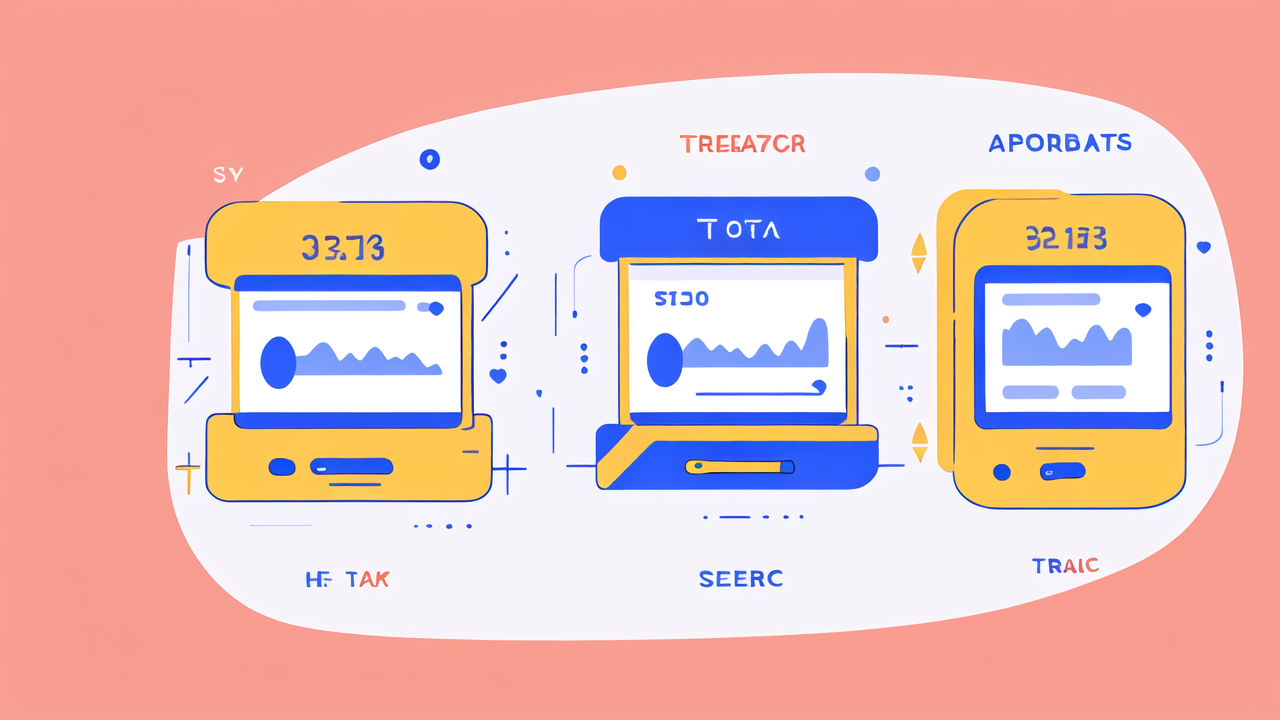The Rise of Sports Watch Technology in the United States
Understanding the Early Days of Wearable Sports Devices
The journey of sports watches began in the 1970s. Early models were simple, offering basic timekeeping and stopwatch functions. These watches were bulky and had limited features. They mainly helped athletes track their lap times and duration of workouts. As technology advanced, so did sports watches. By the 1980s, heart rate monitors were integrated into some models. This was a game-changer for athletes and fitness enthusiasts. It allowed them to monitor their heart rate during exercise. This data helped optimize training and improve performance.

Milestones in Sports Watch Technology Development
The 1990s saw rapid advancements in sports watch technology. GPS integration was a major breakthrough. It allowed runners and cyclists to track their routes and distances accurately. Water-resistant models became popular among swimmers and divers. The turn of the millennium brought even more innovation. Smart sensors were introduced, enabling more detailed fitness tracking. These sensors could measure:
- Steps taken
- Calories burned
- Sleep patterns
- Altitude changes
Battery life improved significantly. This allowed for longer use between charges. Bluetooth connectivity became standard. It enabled easy data syncing with smartphones and computers. By the 2010s, sports watches had evolved into full-fledged fitness trackers. They offered a wide range of features for various sports and activities.
FILA's Role in the Wearable Fitness Market
FILA's Innovation: Merging Sports Performance with Lifestyle
FILA, a renowned sports brand, entered the wearable fitness market with a unique approach. They aimed to blend sports performance tracking with everyday lifestyle needs. FILA's smart trackers were designed to be stylish and functional. This approach appealed to both serious athletes and casual fitness enthusiasts. FILA focused on creating devices that were:

- Comfortable for all-day wear
- Aesthetically pleasing
- Suitable for various activities
Their trackers offered standard features like step counting and heart rate monitoring. But they also included lifestyle-oriented functions. These included:
- Stress level tracking
- Guided breathing exercises
- Sleep quality analysis
FILA's goal was to create a seamless integration of fitness tracking into daily life. This strategy helped them carve out a niche in the competitive wearable market.
Analyzing FILA's Smart Tracking Ecosystem
FILA developed a comprehensive ecosystem around their smart trackers. This system included:
- A user-friendly mobile app
- Cloud-based data storage
- Social sharing features
- Integration with popular fitness platforms
The mobile app served as the hub for all user data. It provided detailed insights and personalized recommendations. Cloud storage ensured that users' data was safe and accessible across devices. Social sharing features encouraged community engagement and motivation. This helped users stay committed to their fitness goals. FILA's trackers could also sync with other fitness apps and platforms. This flexibility allowed users to consolidate their fitness data from various sources.
FILA continuously updated their ecosystem based on user feedback. They regularly added new features and improved existing ones. This commitment to innovation helped FILA maintain a strong presence in the market.
The Future of Sports Watches: Trends and Predictions
Integration of AI and Machine Learning in Sports Watching
The future of sports watches looks promising with AI and machine learning integration. These technologies will enhance the accuracy and usefulness of fitness data. AI-powered sports watches will be able to:

- Predict potential injuries based on movement patterns
- Suggest personalized workout plans
- Provide real-time coaching and feedback
Machine learning algorithms will analyze vast amounts of user data. This will lead to more accurate health and fitness insights. Future sports watches may even detect early signs of health issues. They could alert users to seek medical attention when necessary. Voice assistants will become more advanced in sports watches. They will offer hands-free control and instant information access during workouts.
The Impact of Big Data on Sports Watch Ecosystems
Big data will play a crucial role in the evolution of sports watch ecosystems. As more people use smart trackers, the amount of collected data will grow exponentially. This data will be used to:
- Improve product design and functionality
- Develop more accurate fitness algorithms
- Contribute to public health research
Sports watch companies will likely collaborate with healthcare providers. This partnership will use aggregated data to study population health trends. Privacy and data security will become even more critical. Users will demand greater control over their personal information. Sports watch makers will need to implement robust security measures. They must also provide transparent data usage policies.
The future may see sports watches become essential health monitoring devices. They could potentially detect:
- Irregular heart rhythms
- Blood glucose levels
- Hydration status
These advancements will blur the line between fitness trackers and medical devices. As technology continues to evolve, sports watches will become more integral to our daily lives. They will not just track our activities, but actively help us lead healthier lifestyles.




Leave a comment
This site is protected by hCaptcha and the hCaptcha Privacy Policy and Terms of Service apply.